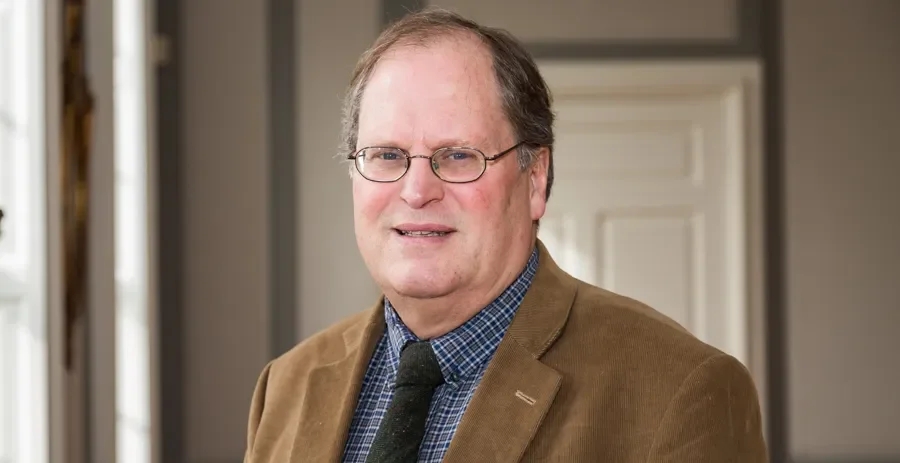

Spotlight on Research: Uncovering the prehistory beneath our feet
This week’s Spotlight on Research is with Dr Matthew Stout, Lecturer at DCU School of History & Geography
Matthew, you are a historian and archaeologist, what have you been doing this summer?
"This summer I co-directed an excavation at Newgrange with my wife, Geraldine. We always dig together. This July, we did a trial excavation on a site in the field below Newgrange in County Meath. The site had been identified in a previous survey as apotential cursus [a ceremonial routeway marked by pits and ditches] and the Royal Irish Academy supported us to take an initial look at it. It’s the first excavation at Newgrange since the 1980s.”
How do you excavate a site like that?
“This was trial cutting, so we excavated a small area, it’s like keyhole archaeology. But we had to dig deep, around two metres down to get to the bottom of the site. It was a lot of work for ourselves and the crew of volunteers in hard ground with picks and shovels.”
What did you find?
“We found the pits. We didn’t find specific artefacts at the site that would let us definitely date it, but we took samples from the dig and sent them to Belfast for radiocarbon dating. We think the site is late Neolithic, or Stone Age, but we should find out the dates in the coming weeks.”
That is very exciting! What other sites have you worked on in Ireland?
“We have worked on other sites at Newgrange and Knowth, and I did quite a bit of excavation at Wood Quay earlier in my career. Geraldine and I have done a lot of work too at Bective Abbey in Meath. That is a fantastic site, you find things all the time there. Our work there focused on how the Cistercian monks farmed. We were able to say they may have introduced new farming methods that people had associated with the Normans.”
If you had to choose a favourite artefact from one of your digs, what would it be?
“We dug in a back yard in Bettystown that had plenty to offer. Any time the guy who lived there would dig a hole for a clothes line he would come up with another body from the late Bronze Age. One find that I particularly liked was a burial where the body had two brooches, one on either shoulder and a little stone axe pendant. I was also working with David Sweetman when we found the woodhenge at Newgrange.”
When you are not in the field excavating, what kind of work do you do?
“I lecture on medieval history to students in DCU and I write books and reports. I have studied ring forts - they are an Irish monument, there are 45,000 in the country and they relate to cattle farming. As my wife says, you can’t understand the past without understanding farming, it was a way of life and everything revolved around it.
I also spend time writing up and sharing what we find in excavations. When you excavate, you destroy. When you dig something out, it is gone. Your records and photographs are the witness to what happened. To help share details of our excavations, we have a blog which we update regularly.”
And when you get time off from work, how do you relax?
“I go and lie on the beach for a week. I am actually very good at doing nothing when I get time off.”
